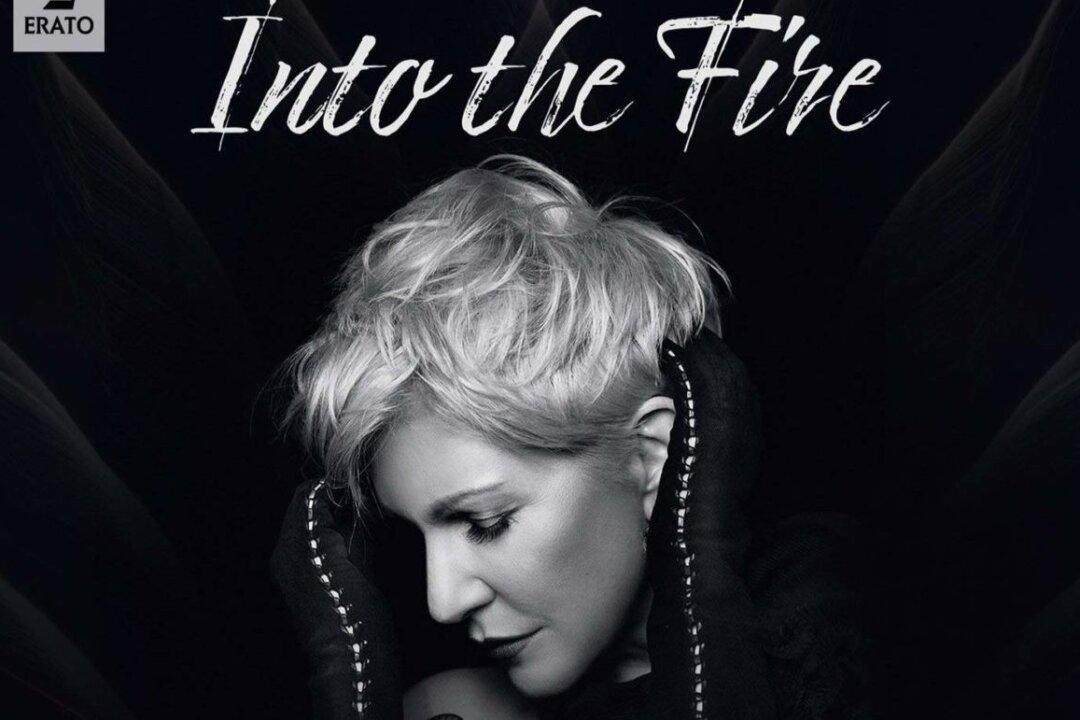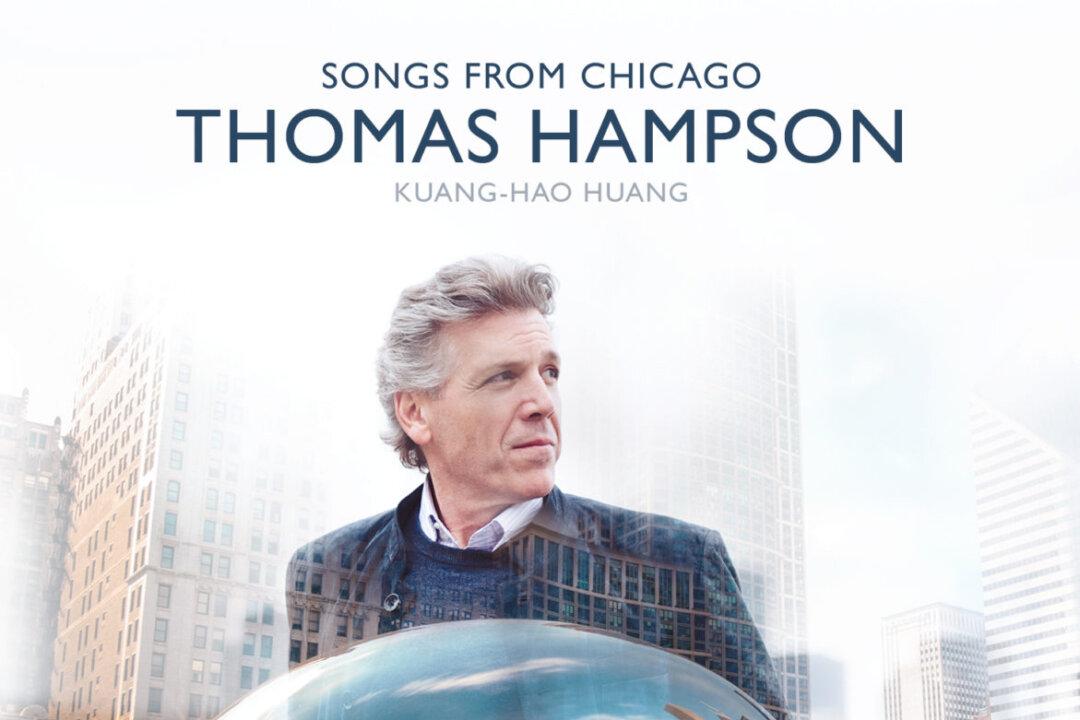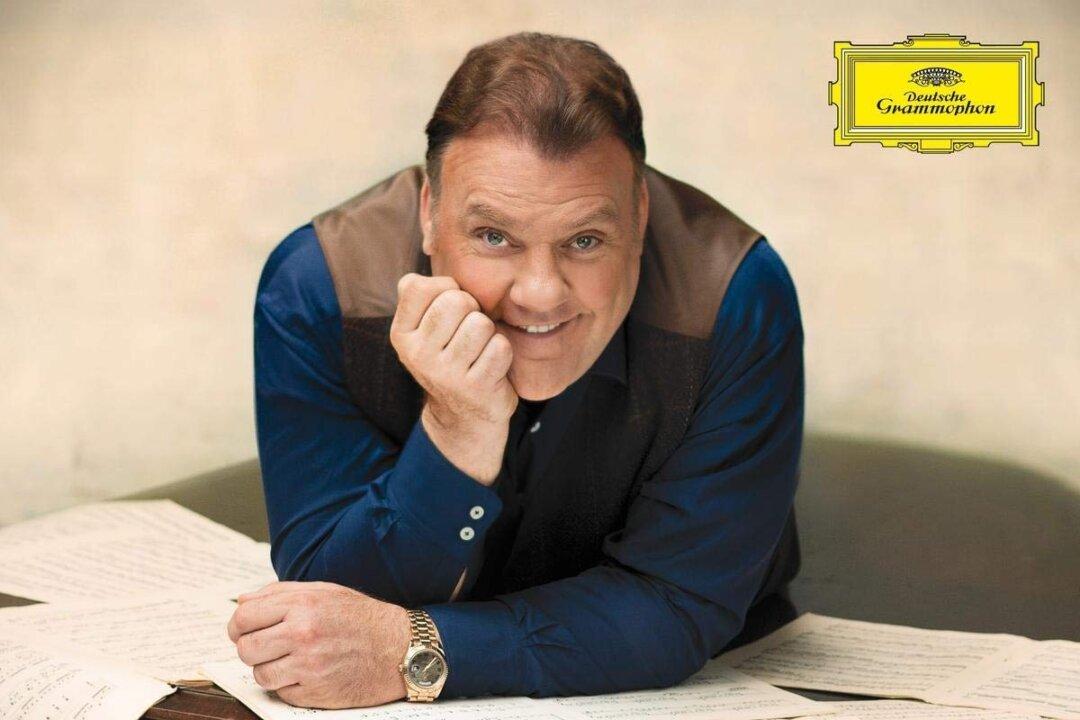The Danish String Quartet has been garnering awards and thrilling audiences since it made its debut in 2002 at the Copenhagen Festival. The quartet is known for its thoughtful albums and live appearances, where the members perform both contemporary works and earlier composers who influenced them. They have also highlighted compositions by Scandinavian composers.
The members of the Danish String Quartet are violinists Rune Tonsgaard Sorensen (born 1983), Frederik Oland (born 1984), violist Asbjorn Norgaard (born 1984), and cellist Fredrik Schoyen Sjolin (born 1982, cello). The first three met at a summer music camp when they were pre-teens. Sorensen, Oland, and Asbjorn went on to study at the Copenhagen Academy of Music. Sjolin, who is Norwegian, joined the group in 2008.






